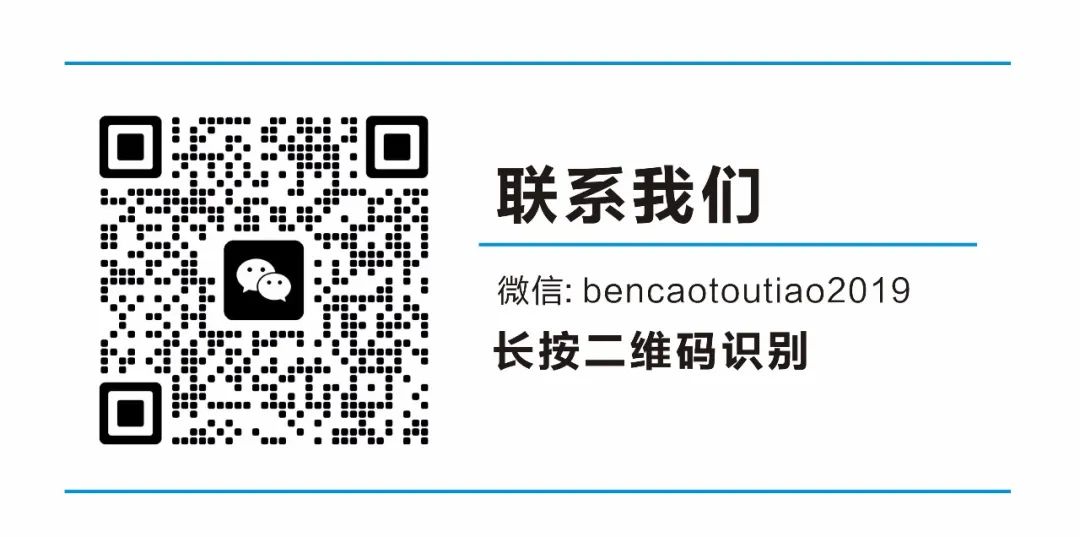Author: Bencao Toutiao Team (本草头条)
Exploring Shudi Huang (熟地黄)

Shudi Huang (熟地黄), the root tuber of the plants Rehmannia glutinosa or Rehmannia chingii from the family Scrophulariaceae, is processed through steaming and drying. It appears in irregular block shapes, with a pitch-black color both inside and out, and a wrinkled, uneven surface. The texture is soft, and the cross-section is moist, often revealing shiny, oily clumps in the center, with a high degree of stickiness. It has a sweet taste. Its primary functions are to nourish Yin and replenish blood. It is mainly produced in Henan and Zhejiang provinces, with additional production in Hebei, Hunan, Hubei, and Sichuan provinces.
According to documents released by the National Health Commission and the State Administration for Market Regulation, Shudi Huang can be used as both a medicine and food within specified usage limits and dosages.
Historical Records of Shudi Huang
Shudi Huang, also known as Di Huang (地黄), was first recorded in the “Shennong Bencao Jing” (神农本草经) as the fresh or dried tuber of the Rehmannia plant. There are currently three methods of medicinal preparation for Di Huang: fresh (鲜地黄), raw (生地黄), and cooked (熟地黄). Fresh Di Huang is harvested in autumn, with the fibrous roots and soil removed; it is then used fresh. Raw Di Huang is obtained by slowly baking the fresh root until it is about 80% dry. Cooked Di Huang is made by processing raw Di Huang. The cultivation history of Di Huang is long, and it is now grown in many regions of China, particularly in Wenxian, Mengxian, Bo’ai, and Qinyang in Henan, which is known as the traditional production area for Di Huang. The Di Huang produced in this ancient Huaiqing region is referred to as Huaiqing Di Huang (怀庆地黄) and is one of the four major Huai medicines.
In ancient times, Di Huang played a significant role, not only as a medicinal material and commodity that promoted local economic development but also as a precious tribute. Additionally, Di Huang was a source for extracting yellow dye. “Tian Xuan er Di Huang” (天玄而地黄) signifies that yellow was considered the source of life in ancient times, and Di Huang was primarily used to dye imperial yellow, reserved for royal use, with “three sheng of Di Huang dyeing one piece of imperial yellow”.
Di Huang was also favored by literati. Many of Bai Juyi’s poems reference Di Huang: “Sitting by the peach leaf branch, sipping from the Di Huang cup” and “Warm and soft, with garlic white wine, mixed with Di Huang porridge”. In “The Gatherer of Di Huang”: “At the end of the year, there is no food, gathering Di Huang in the fields. What will it be used for? To exchange for grain… to share with you, fattening horses, can illuminate the earth’s light. I wish to exchange horse remnants for this suffering hunger.” This expresses Bai Juyi’s compassion for the laboring people. Su Shi and Lu You also greatly appreciated Di Huang, often consuming it for health benefits. “Di Huang nourishes old horses, can illuminate people” and “Diving into the water to obtain tender roots, heavy soup nourishes old firewood” indicate Su Shi’s familiarity with the effects and identification of Di Huang. In a letter to a friend, he wrote: “The Di Huang decoction you sent is a vital medicine for supporting the weak. If you continue to send it, I would be even more fortunate.”
Zhang Jingyue regarded Shudi Huang as “the purest and most substantial medicine for essence and blood”. We can also use Shudi Huang to make soup or porridge for health maintenance.
Effects and Functions of Shudi Huang
Shudi Huang has a sweet and slightly warm nature. It enters the liver and kidney meridians.
The pharmacopoeia describes the effects of Di Huang as follows:
① Fresh Di Huang clears heat, generates fluids, cools the blood, and stops bleeding. It is used for heat diseases injuring Yin, red tongue with thirst, warm toxin causing rashes, vomiting blood, nosebleeds, and sore throat.
② Raw Di Huang clears heat, cools the blood, nourishes Yin, and generates fluids. It is used for heat entering the Ying and blood levels, warm toxin causing rashes, vomiting blood, nosebleeds, heat diseases injuring Yin, red tongue with thirst, fluid deficiency causing constipation, Yin deficiency with fever, bone steaming heat, and internal heat causing thirst.
③ Shudi Huang nourishes blood, enriches Yin, and benefits essence and fills marrow. It is used for blood deficiency with sallow complexion, palpitations, irregular menstruation, excessive bleeding, liver and kidney Yin deficiency, soreness of the lower back and knees, bone steaming tidal fever, night sweats, nocturnal emissions, internal heat causing thirst, dizziness, tinnitus, and premature graying of hair.
Due to its warm nature, Shudi Huang should not be used in large amounts for prolonged periods in cases of external heat, internal heat, or excess heat conditions. It is contraindicated for those with Qi stagnation, excessive phlegm, dampness, and poor appetite with loose stools. If used in large doses for a long time, it is advisable to combine it with Chen Pi (陈皮) or Sha Ren (砂仁) to avoid cloying and obstructing the stomach.
This article is original to “Bencao Toutiao”. Comments and shares are welcome, but unauthorized reproduction or adaptation is prohibited and will be pursued legally.





Welcome to report exclusive tips; verified submissions will receive 1000 yuan.

This article is also published on the following platforms




